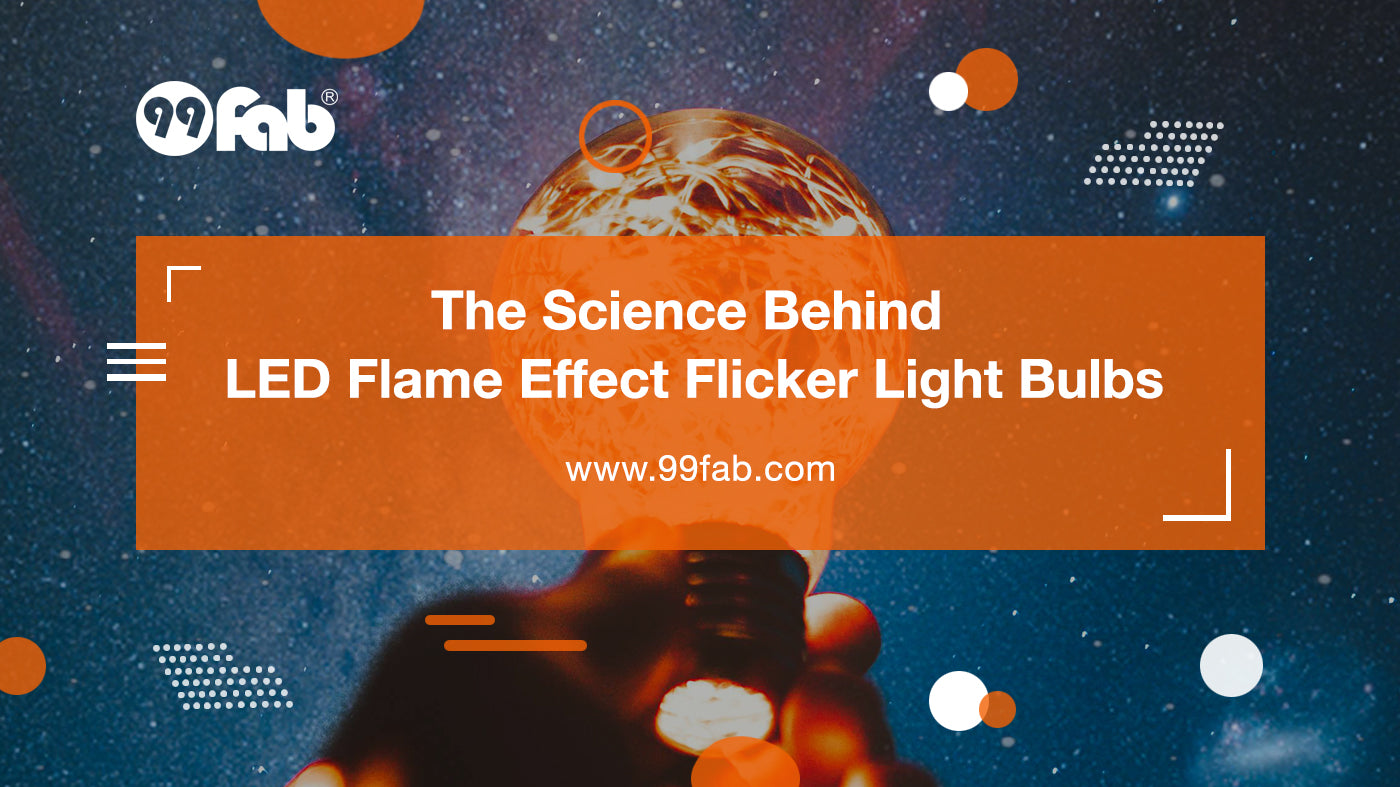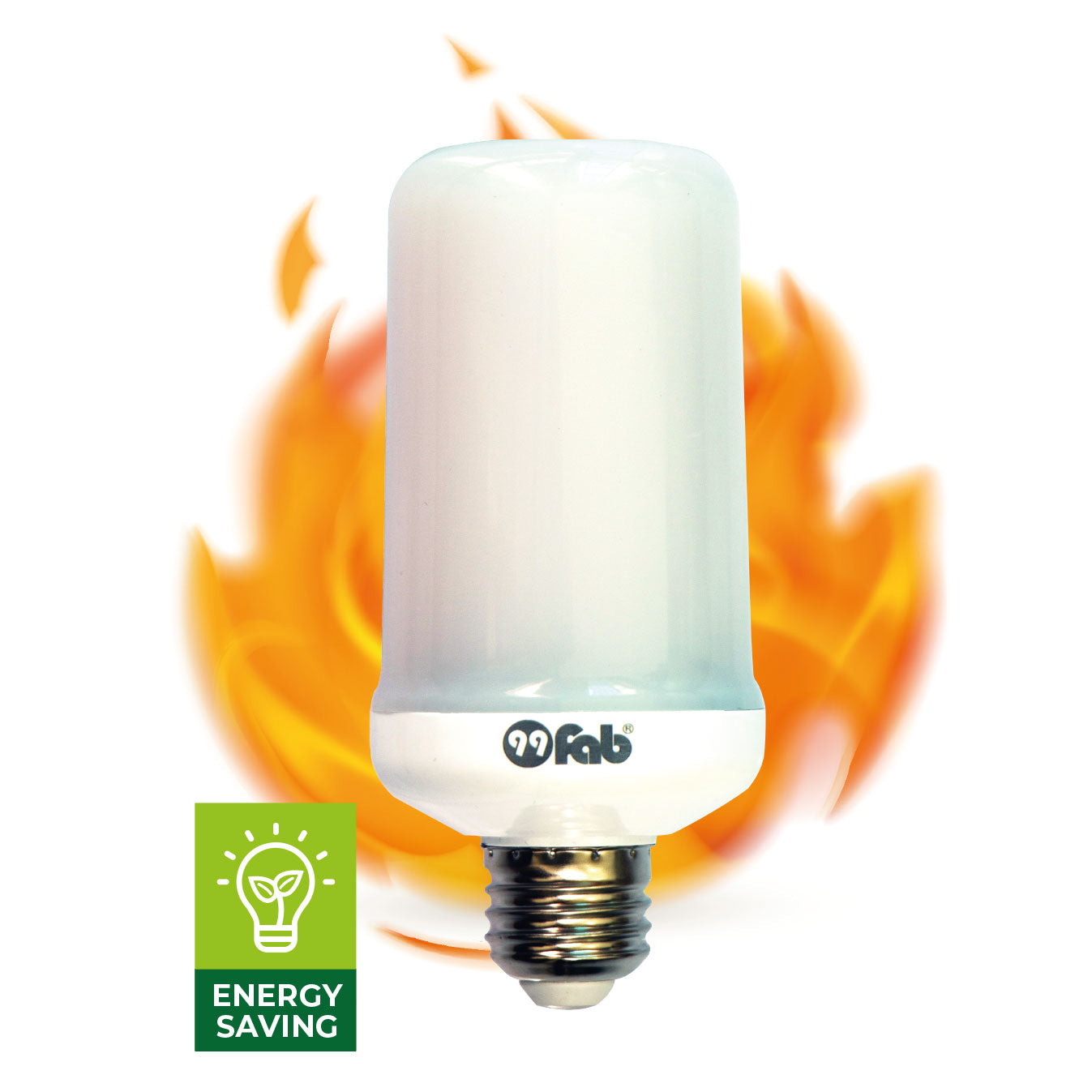LED Flame Effect Flicker Light Bulbs have become increasingly popular for their ability to replicate the mesmerizing dance of a real flame. But have you ever wondered how these bulbs create such a realistic effect? In this illuminating article, we'll delve into the science behind LED flame effect flicker light bulbs, shedding light on the intricate technology that brings the allure of a flickering flame to your living spaces.
LED Technology: The Heart of the Flame
The LED Advantage
So before everything, lets find out what are the LED advantage we are getting from this technology. At the core of LED flame effect bulbs lies Light Emitting Diode (LED) technology. LEDs are highly efficient semiconductor devices that convert electrical energy into light, Which you don’t see any traditional bulbs. Unlike traditional incandescent bulbs, which generate light by heating a filament, LEDs produce light through a process known as electroluminescence. This fundamental difference allows LEDs to mimic the flickering of flames with precision. Superb innovation, isn’t it?
Color Mixing
Another amazing technological improvements is color mixing. One of the key aspects of LED flame effect bulbs is their ability to replicate the warm, golden glow of a real flame. This is achieved through color mixing. LED bulbs often incorporate multiple LED chips of different colors, primarily warm white and amber.
By controlling the intensity of each color, these bulbs create a dynamic interplay that mimics the varying shades and intensities of a flickering flame.
Microcontroller Magic: Simulating Flame Movement
A Symphony of Microcontrollers
Now lets come down to one of the cool feature, which is controlling with a micro controller. The captivating dance of a flame is a result of random and unpredictable movements. LED flame effect bulbs achieve this by integrating microcontrollers into their design. These tiny, programmable chips control the on/off cycles of the LED chips responsible for producing the flame-like effect.
Random Patterns
Microcontrollers in LED flame bulbs are programmed to generate random patterns of light, creating the illusion of a real flame's erratic movement. By continuously altering the intensity and timing of each LED chip, these bulbs produce a flickering effect that is both convincing and soothing.
Optical Diffusers: Creating Realistic Flames
The Importance of Optics
To complete the illusion of a flickering flame, LED flame effect bulbs employ optical diffusers. These diffusers scatter light in various directions, softening the sharp edges of individual LED chips and creating a more natural and organic glow.
3D Flame Effect
Some advanced LED flame bulbs take it a step further by incorporating 3D flame effect technology. These bulbs use intricate optical diffusers to project light in a three-dimensional pattern, adding depth and realism to the simulated flame.
Energy Efficiency and Longevity
Sustainable Ambiance
One of the remarkable benefits of LED flame effect bulbs is their energy efficiency. Unlike traditional flame-based lighting sources, LED bulbs consume significantly less energy, making them an eco-friendly choice for creating a cozy ambiance without the environmental impact.
Long-Lasting Flames
LEDs are renowned for their longevity. LED flame effect bulbs can last tens of thousands of hours, ensuring that your cozy ambiance will continue to flicker for years to come.
Conclusion: Captivating Technology
LED Flame Effect Flicker Light Bulbs combine art and science to recreate the captivating allure of real flames. By harnessing LED technology, microcontrollers, and optical diffusers, these bulbs bring the mesmerizing dance of fire into your living spaces. The next time you enjoy the cozy ambiance of LED flame effect lighting, you'll have a deeper appreciation for the intricate science behind it.




























